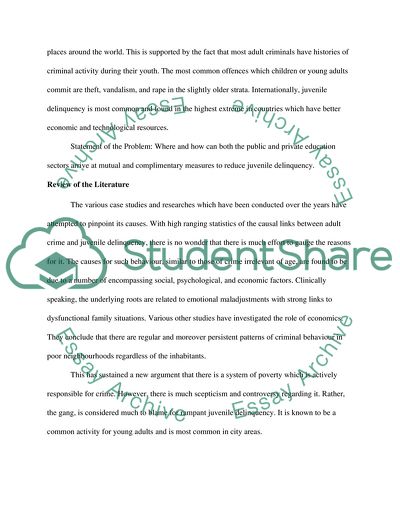Cite this document
(Juvenile Delinquency and Education: A Comparison of Public and Private Research Proposal, n.d.)
Juvenile Delinquency and Education: A Comparison of Public and Private Research Proposal. https://studentshare.org/education/1733270-juvenile-delinquency-and-education-a-comparison-of-public-and-private-education
Juvenile Delinquency and Education: A Comparison of Public and Private Research Proposal. https://studentshare.org/education/1733270-juvenile-delinquency-and-education-a-comparison-of-public-and-private-education
(Juvenile Delinquency and Education: A Comparison of Public and Private Research Proposal)
Juvenile Delinquency and Education: A Comparison of Public and Private Research Proposal. https://studentshare.org/education/1733270-juvenile-delinquency-and-education-a-comparison-of-public-and-private-education.
Juvenile Delinquency and Education: A Comparison of Public and Private Research Proposal. https://studentshare.org/education/1733270-juvenile-delinquency-and-education-a-comparison-of-public-and-private-education.
“Juvenile Delinquency and Education: A Comparison of Public and Private Research Proposal”. https://studentshare.org/education/1733270-juvenile-delinquency-and-education-a-comparison-of-public-and-private-education.


